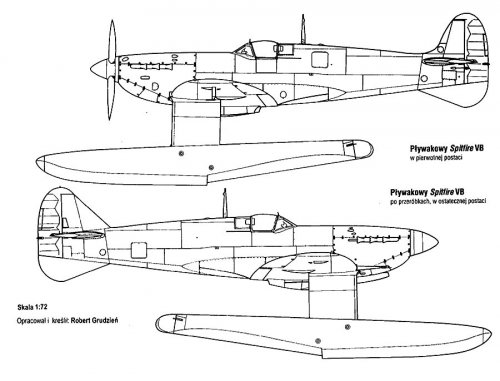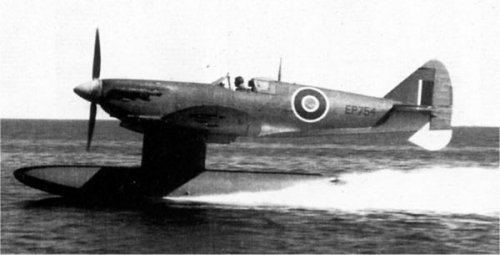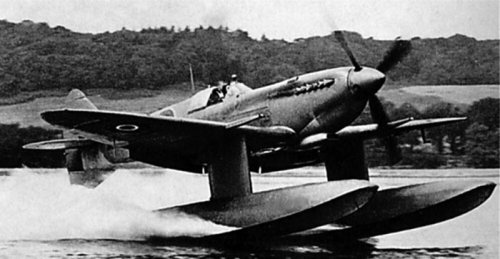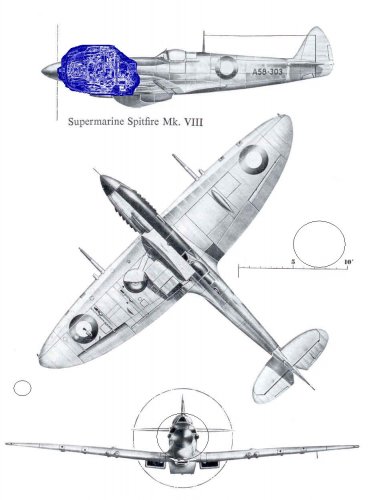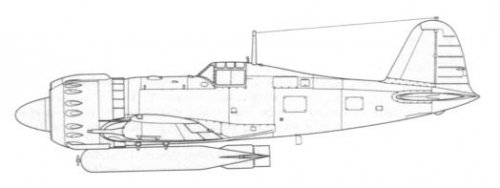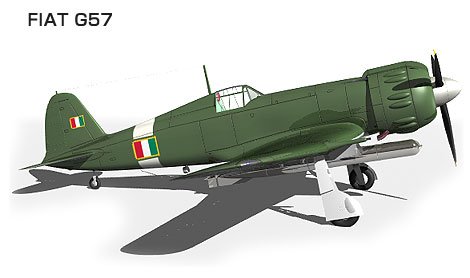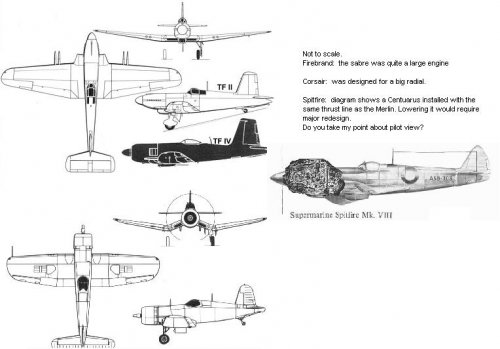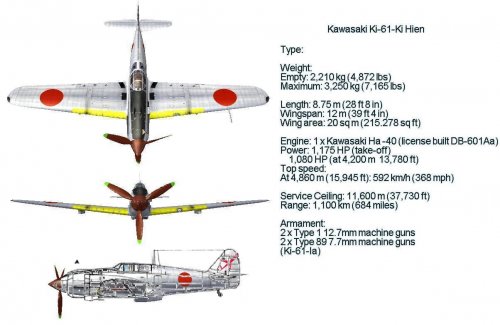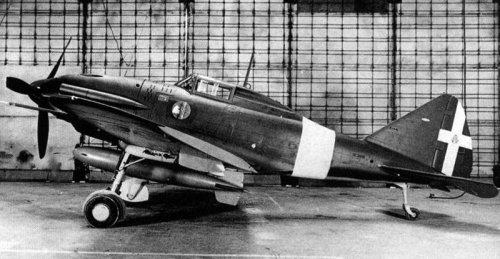Hi folks,
Looking for information on rare Supermarine Spitfire variants (either one-offs or paper projects). I am especially interested in any possible radial engined proposals.
Regards,
Greg
Looking for information on rare Supermarine Spitfire variants (either one-offs or paper projects). I am especially interested in any possible radial engined proposals.
Regards,
Greg

